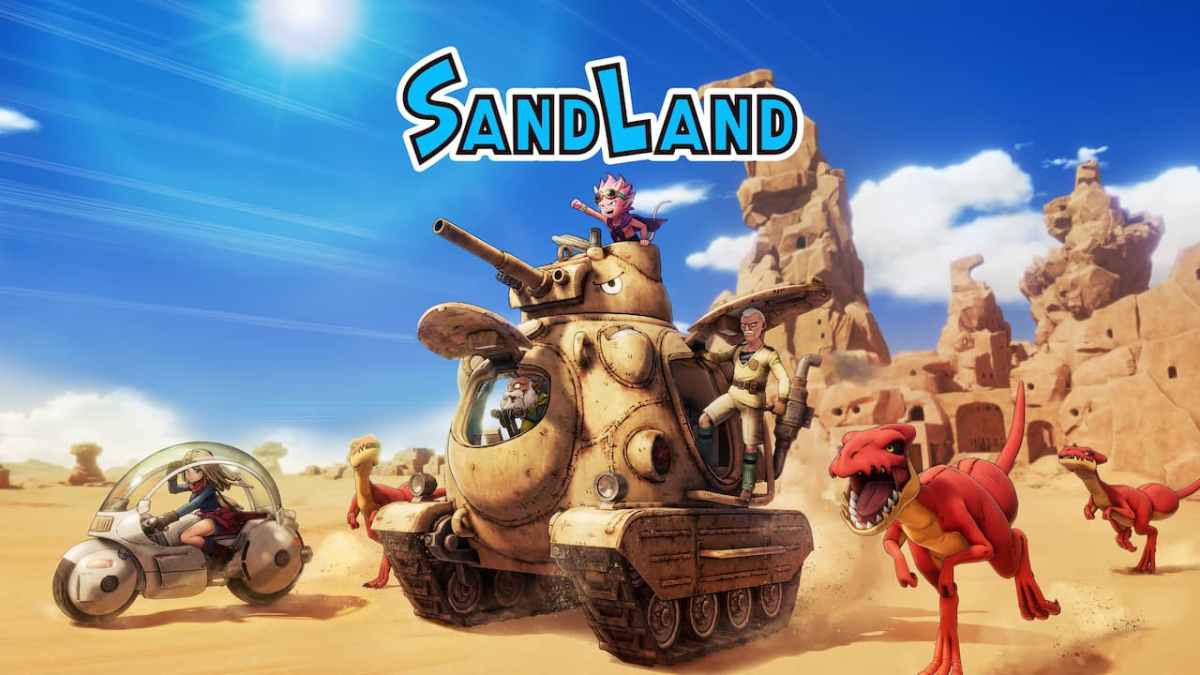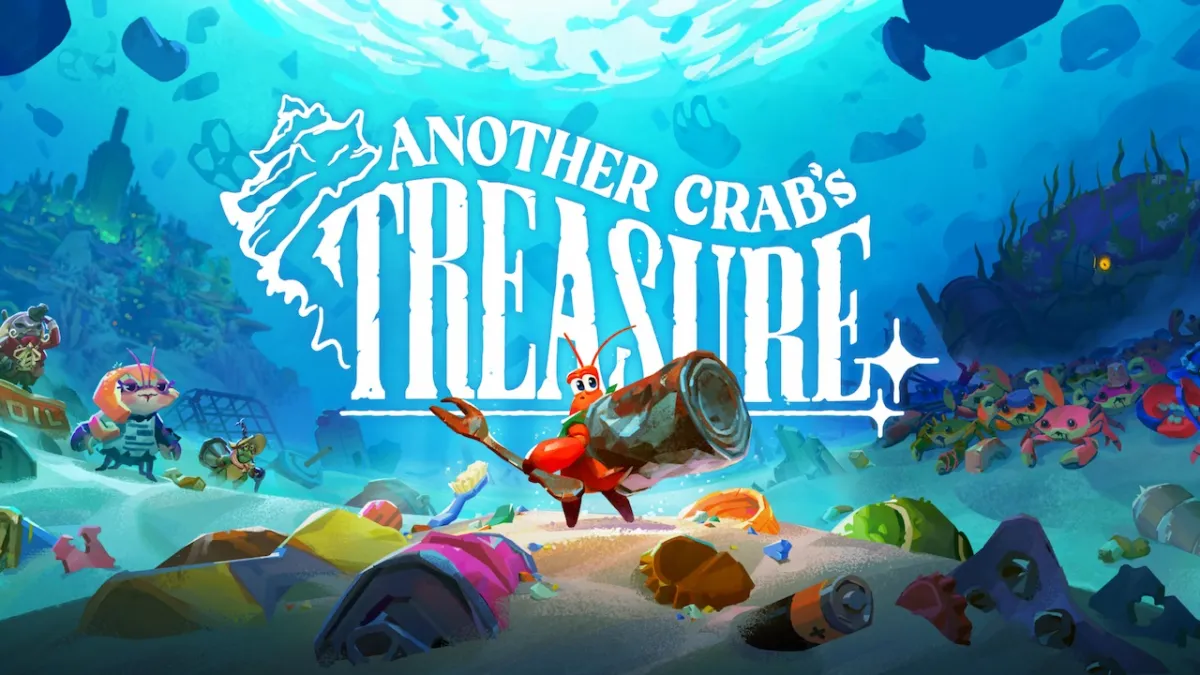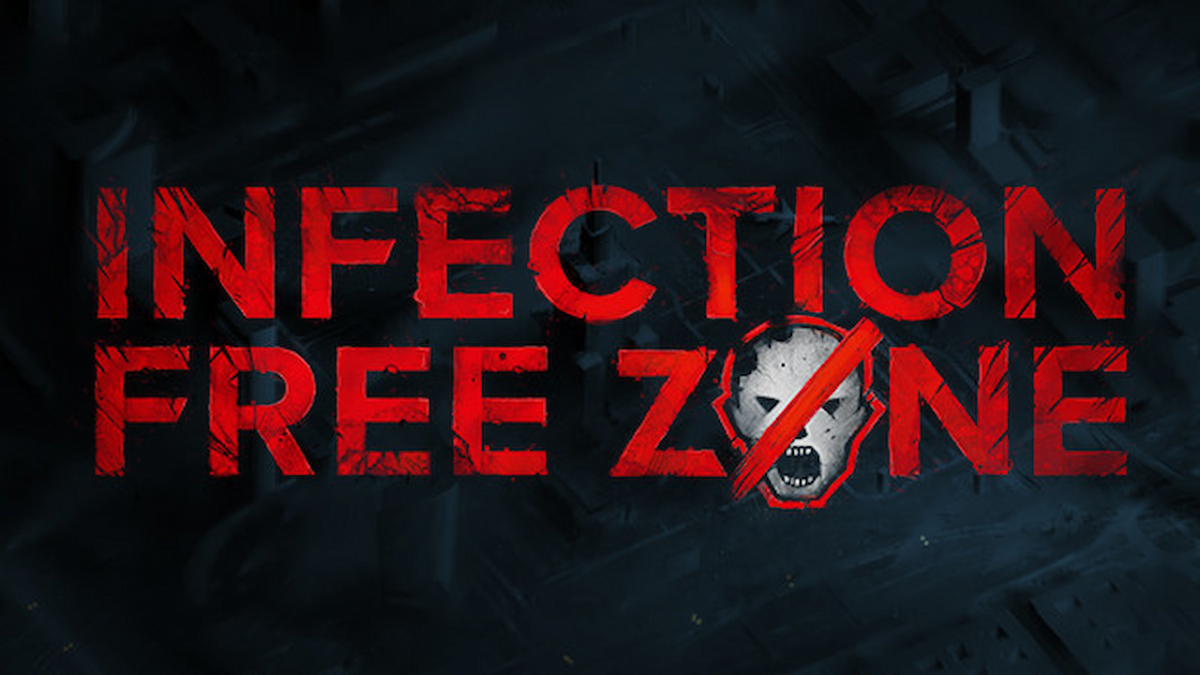Grandia II is a linear role-playing game based in a fantasy world, where a war between the God of Light (Granas) and the God of Darkness (Valmar) had been waged long ago. Granas struck down Valmar with a special sword that scattered Valmar into pieces and left gaping scars in the land, called Granacliffs. Thereafter, the world has forever been labeled the “Cursed Land.”You take control of a Geohound, called Ryudo. You are not liked by the general public for your lifestyle of killing monsters for gold, but one day you receive a job from the church to be a young girl’s bodyguard. This seemingly routine a*ignment leads to a multitude of events that will bring about the battle between Good and Evil once again.In Grandia II, you can have up to 4 characters in your party at a time, each of which has his/her own unique weapons, armor, special moves and is able to equip skills and spells. You won’t have to choose which characters you want in your party, you’ll encounter them throughout the story and the circumstances will cause them to join or leave your quest.Your quests are usually mission-based and you’ll usually have to travel to a specific location in the world or collect an item or defeat a boss. While the missions themselves consist of one, main objective, you’ll encounter many secondary objectives while passing through towns that involve settling disputes and curing curses the people are suffering from. The game’s development stays very linear despite these secondary objectives. If linear gameplay is a turn-off, the combat system and story development should keep the game exciting for you.The combat is a combination of turn-based and real-time action. There is a slider at the bottom of the screen, which has a little icon for every character in the battle. The slider is marked off into two parts, called “Wait” and “Act.” Each character’s icon slides from left to right. Once the icon reaches the divider between “Wait” and “Act”, you can choose your attack while the rest of the action is paused. After the attack is chosen, your icon continues to slide all the way to the right. Once it reaches the right-hand side, your character will begin the attack you specified.The commands you can choose include Evade, Escape, Item, Move/Magic, Critical, and Combo. These commands are fairly obvious but the last two have some unique aspects. You can select Combo to have your character deliver two attacks in a row with his/her current weapon. If you use Critical, you’ll unleash only one attack, but it will be stronger. Some more strategy comes into play with the fact that using a Critical attack can cancel an enemy’s attack. If you strike with a Critical attack while the enemy is in its “Act” section of the slider, you will successfully cancel the enemy’s attack, moving its icon far to the left of the combat slider. In each town, there is a guy in the general store who can teach you all the features of the complex fighting system by taking you through a tutorial of a pretend battle. The tutorials are very thorough and necessary to getting the most out of the game.After each successful battle, you’ll gain experience points, special coins, magic coins, gold, and sometimes new items. The experience points level you up in the same way as most role-playing games, increasing all your stats, such as Attack, Defense, Mental, Speed, Agility, etc. The special coins and magic coins can be used to level-up your special moves and magic attacks. Each special move and magic attack has 5 possible levels and will require different amounts of coins to upgrade. The higher the level, the faster you will execute the move or magic. You can use gold to buy and sell weapons, armor, and items at the general stores that exist in every town you’ll encounter. And as far as items go, you can acquire everything from new spell books to potions to new weapons, depending on the enemy.Grandia II’s story has some major plot and character development. Each of your characters will be fighting not only physically, but mentally with their beliefs as well. There is a ton of dialogue in the game that revolves around just character development. For instance, if you stay the night at an inn or camp somewhere outdoors, you’ll go through a little section of the game where you place the cursor above the head of the character you want to speak and they’ll all start having a related conversation. Through this little discussions, you’ll see the contrasting beliefs of each character help shape and redefine one another.The larger story develops over a long time and you’ll probably require 30 hours or more to complete the game. Although the story does involve the standard Good vs. Evil conflict, it delivers many unique theories on the origins of gods, religion, humanity, and responsibility. The writers makes some bold claims through the characters and the contrast between the beliefs of the different party members really gives a lot of depth to the game, maintaining your interest throughout. With these bold claims, you cannot help but rethink your own beliefs and ideas about these influential topics.As the story evolves, you’ll visit at least a dozen different areas and towns. The towns provide the most insight into the upcoming conflict through interaction with the locals and completing secondary objectives. Overall, the storytelling and gameplay are outstanding here and would really appeal to almost any RPG fan.The graphics in the game are excellent once you get accustomed to the style the developers were aiming for. The game is rendered entirely in 3D with an overhead camera that you can rotate. The textures on the characters are very detailed and they have anime-like appearances. The enemies aren’t as unique as in some other RPG’s, but you’ll have a variety of monsters to engage. The environments range from snow-covered trails to steep mountains to a collection of uniquely designed towns to organic passageways. The towns all have their own themes and architecture styles and lots of subtle details. The outdoor environments were a little less appealing to me because they were usually hard to navigate because different sections of the level looked identical because of repetitive textures.Probably the best graphical aspect of the game is the use of effects for spells and moves. This game approaches these technique from a different perspective. Some effects only use the 3D engine, while others combine the 3D characters with pre-rendered movies to do more drastic effects, such as a dragon made of lightning or a massive explosion that rises up from a tiny drop of water. The movies are displayed right over the 3D scene, making for some pretty visuals.There are also points throughout the story where the game switches from 3D to pre-rendered movies to tell stories or give background on certain events. Unfortunately on my system running Windows ME, those movies didn’t work. The screen would stay black and sound would continue to play, but the visuals never showed up. This played a bigger factor later in the game, when the movies were used more frequently. I was really disappointed by this and I’m not sure what’s causing the problem. I tested the game briefly on my other system that uses Window 98 SE and the movies played fine, so that might be my clue.Another noteworthy part of the game is its music. There is a nice mixture of upbeat, combat themes, calming town songs, and purely vocal melodies sung by one of the main characters. The range of songs is nice and you’ll probably find yourself bobbing your head to the upbeat songs once you’ve become used to them.Sadly, I encountered a few bugs during the game. At random locations throughout the game, if I tried to talk to a specific member of a town, the game would just terminate. And at the end of the game, sound files were messed up and every time I tried to take a step, it would bring up a message box, displaying the name of the sound effect that wasn’t playing. You can imagine how annoying that was.Despite these flaws, Grandia II is an exceptional RPG experience. With a well-developed story and characters that you feel like you know personally, the game maintains your interest for the duration. The complex but elegant combat system makes for some great action that will provide you with a ton of freedom to customize the characters’ skills and abilities to your liking. I highly recommend this game to RPG fans.
Read Article Sand Land review – Story above all else

Rating:
7

Category:
Reviews
Sand Land review – Story above all else


